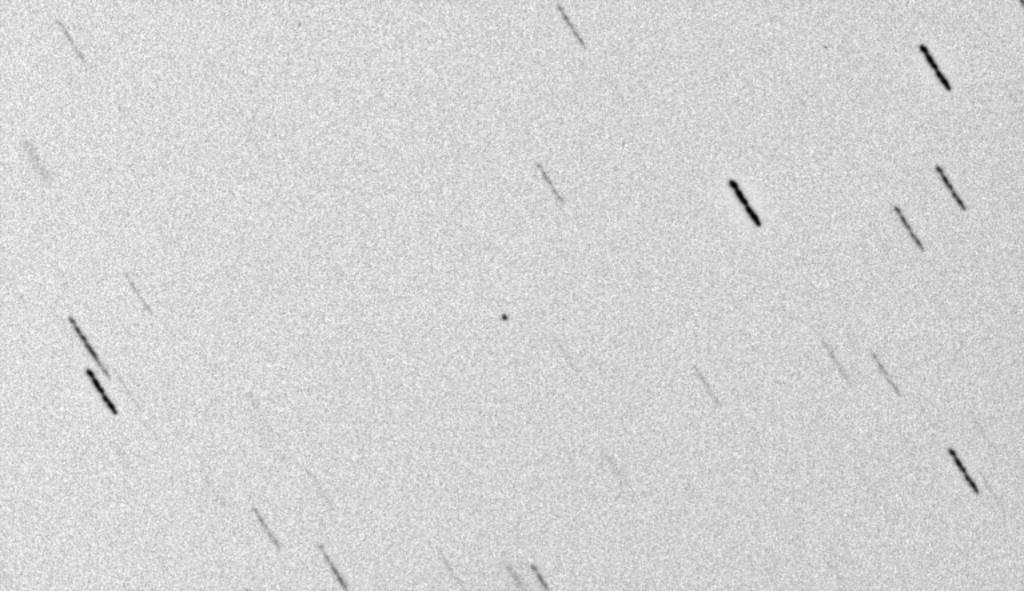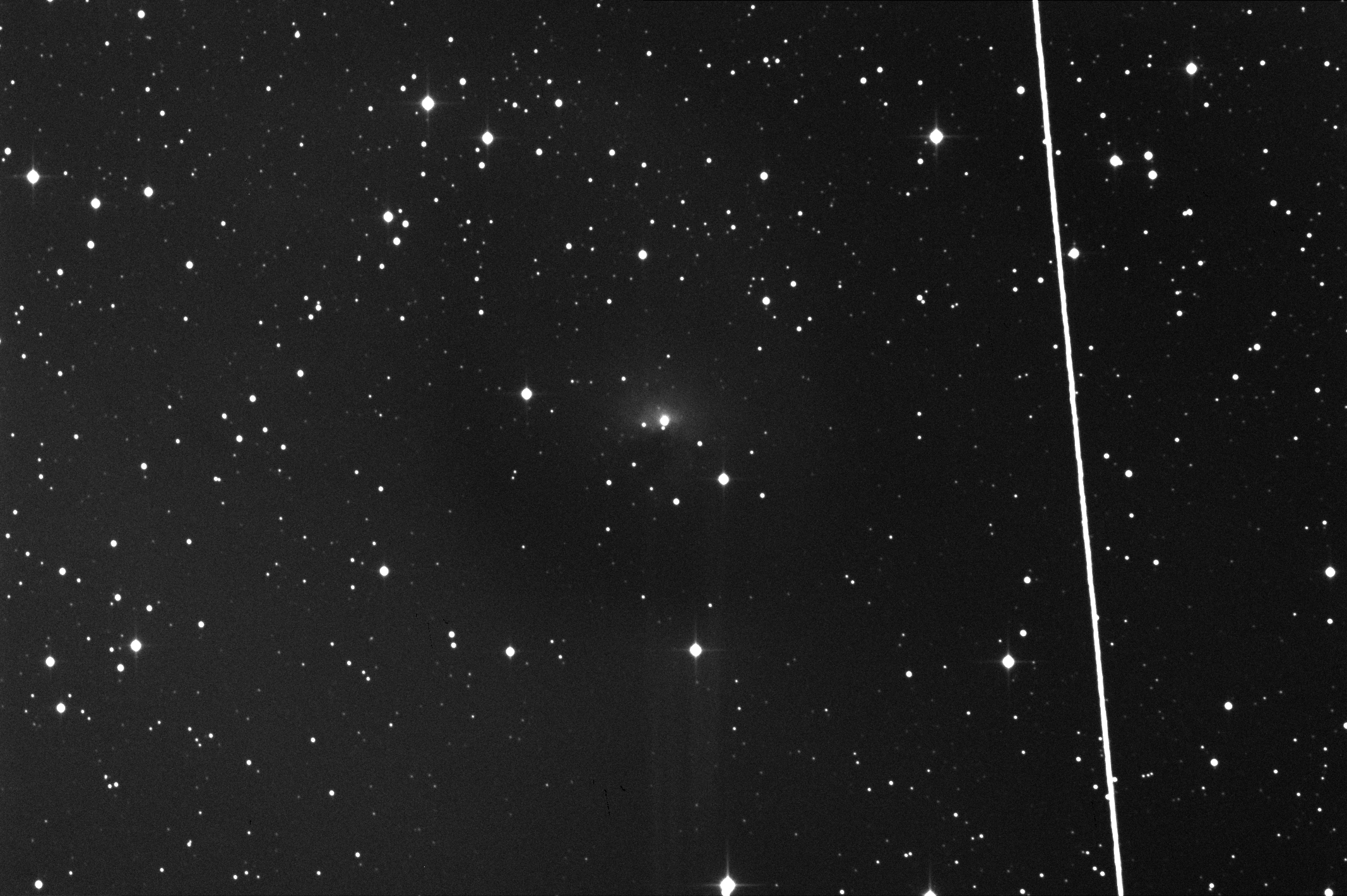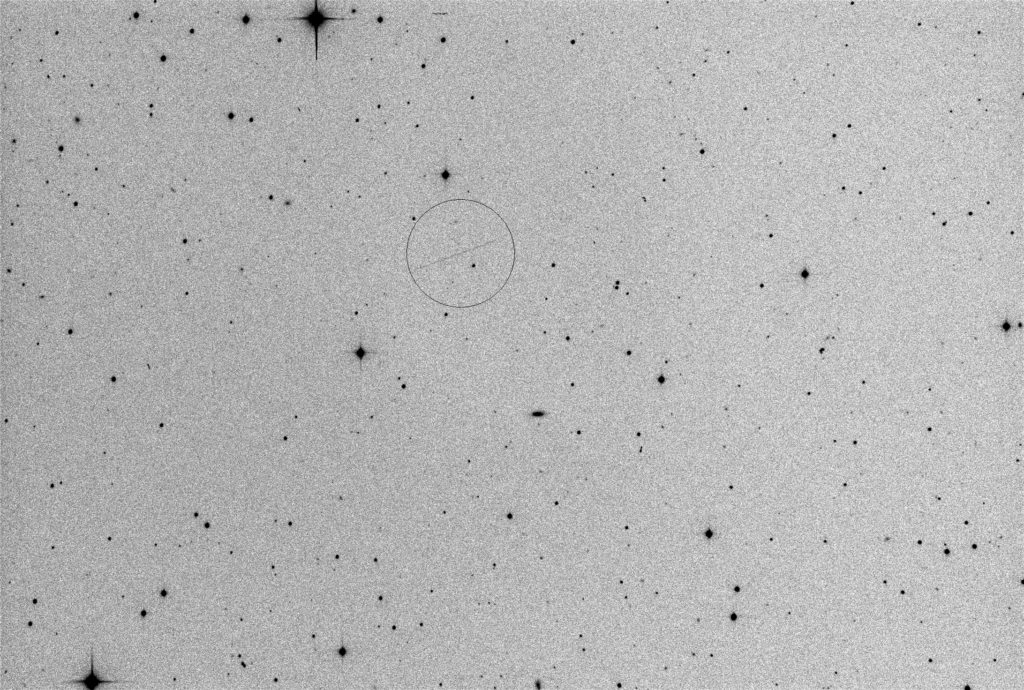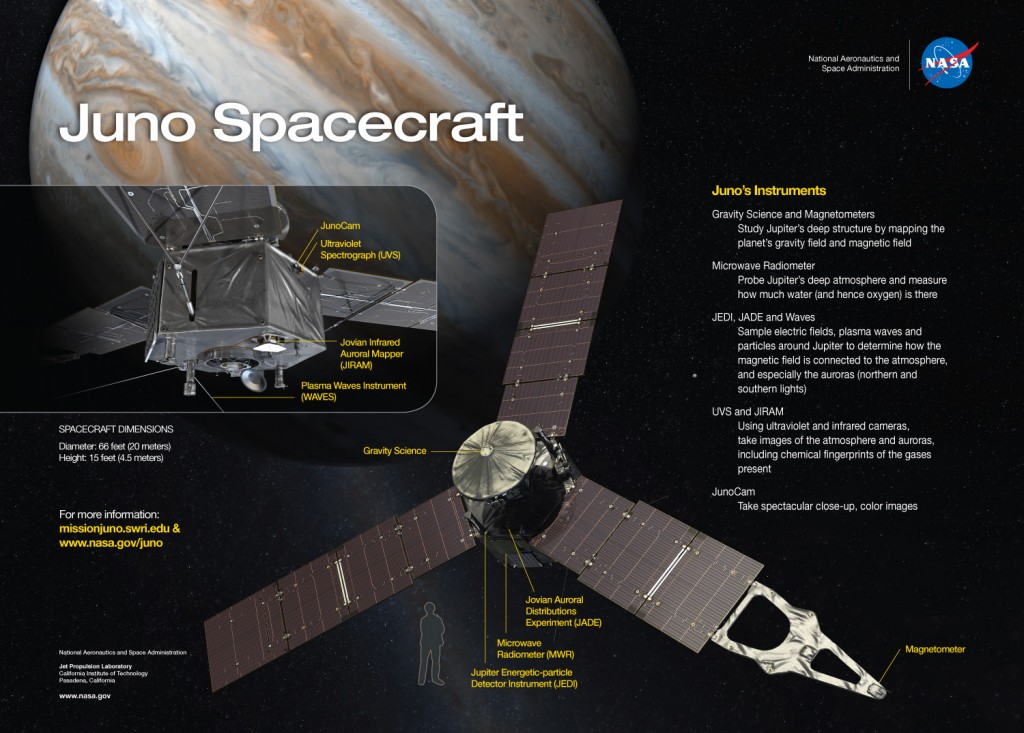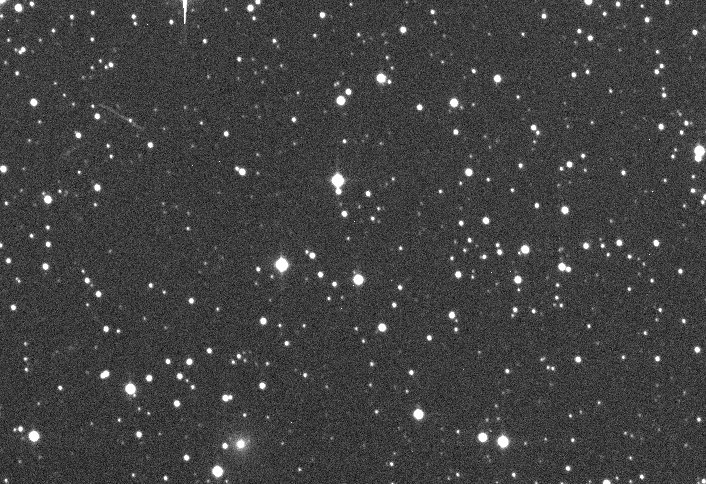NASA’s Mars 2020 mission carrying the Perseverance rover and Ingenuity helicopter successfully launched on the 30th of July. The spacecraft is currently flying a trajectory that will miss Mars. This will force the Centaur upper stage that is on the same path to miss the planet. Over the next 60 days there will be two trajectory correction maneuvers (TCM-1 & TCM-2) that will turn Mars 2020 toward an intercept course. So right now, the spacecraft is still close enough to be visible in small telescopes and the path is known well enough to forecast its position.
I’ve been fighting clouds all month and they have been particularly successful in preventing decent images of comet C/2020 F3 (NEOWISE). Because the comet is not visible in the sky above the PTO due to its altitude and my tree line, I have to pack up portable equipment and move to a different location to try to get pictures. I do not have portable equipment with the capability necessary to image the spacecraft the way I want. Luckily, the spacecraft was visible in the sky above the PTO so I didn’t have to go anywhere. However, I did have to wait for it to clear the trees around 0230.
I generated an ephemeris for the craft using JPL’s HORIZONS software tool. This not only provides Mars 2020 position information but rate information as well. My mount control software can take advantage of the rate info and change the mount’s motion to track the spacecraft and not the sky. Tracking the spacecraft and not the sky is why the stars are streaked. I have been taking advantage of this capability during my planetary imaging sessions. This is the first time I have used it for spacecraft. I was hoping to get a series of images that I could combine into a short animation but the clouds got the last laugh after all.
This is the 3rd interplanetary craft I have been able to get pictures of. The previous two were during Earth gravity assist fly-bys.
